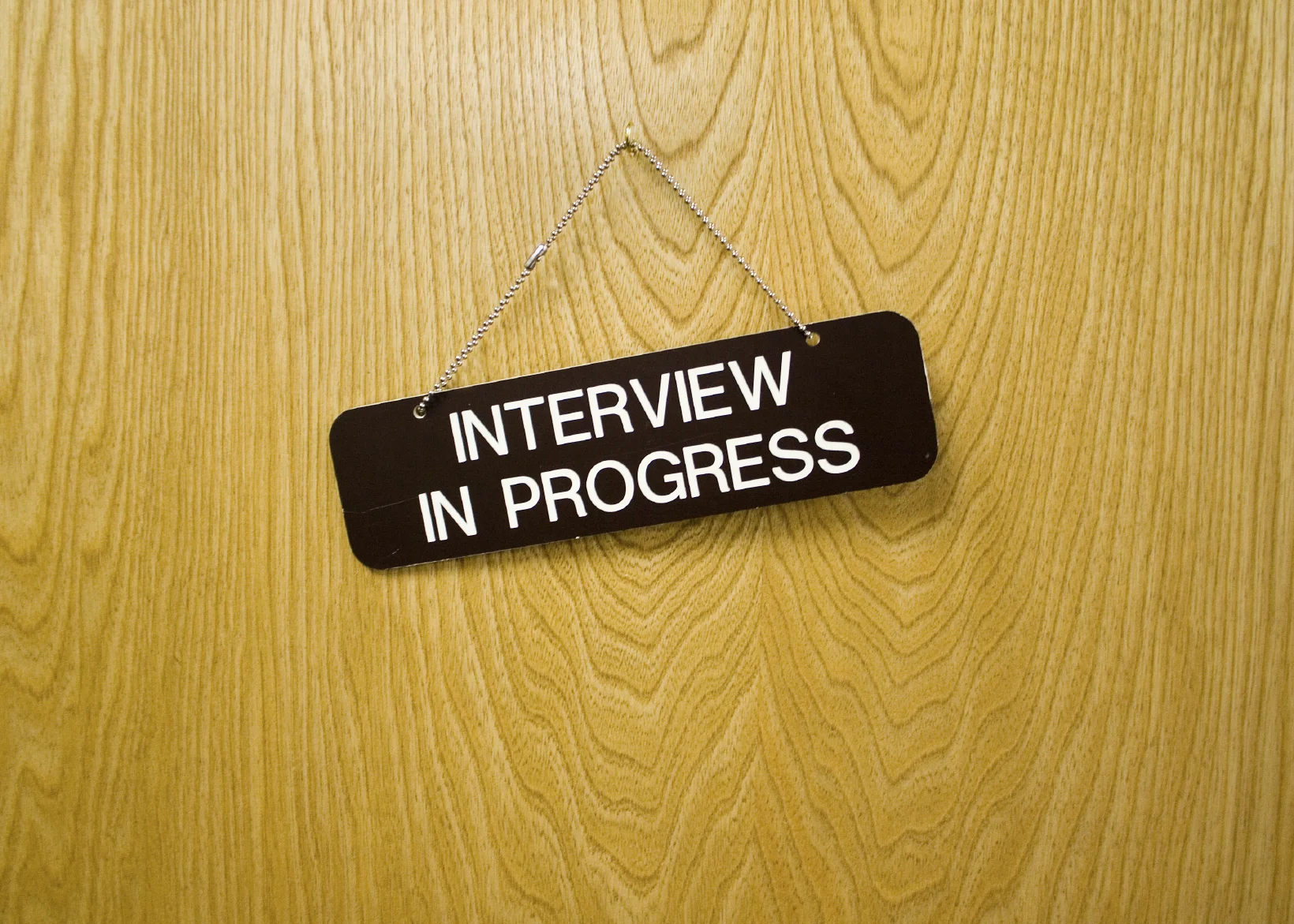Back in the 1990s, "Executive Summary" pages were summaries that you put in front of a strategy consulting document. They were meant for senior management / decision makers. There was almost something offensive about them, reminding you of your junior position in the hierarchy. Senior managers can skip the detail that you have been sweating on for months and get straight to the point.
The good thing about these summaries was that you actually had to think what it is you wanted the senior management to do, and you had to frame your argument in the best possible way. Writing these summaries often caused major shifts in the recommendations of the project.
Clients ask me frequently about an Executive Summary of a presentation. This time, it is about a summary document that they can email to someone ahead of a presentation, or in most cases, a document that should convince the recipient to agree to a presentation.
I think the classic Executive Summary memo is not the most engaging way to get people excited about your project. There are a number of differences between your need for a summary, and the Executive Summary of the strategy review that is addressed to the CEO of your company.
The CEO is probably very interested in the recommendations (what price should I pay for the acquisition target), and is fully aware of the broad context of the project. She just needs the underlying logic to complete her own understanding of the situation. And, she probably knows you, and can pick up the phone quickly to clarify something that is not clear.
The investor or potential customer might not be very keen to double click a Microsoft Word file and start reading about your investment or sales pitch. Worse even, she he has probably no clear understanding of what it is you are actually doing, and finally, she has no idea who you are, and when she does not understand things, will delete the email instead of calling you.
My advice: forget about the Executive Summary memo, and instead create a short visual presentation that will have many more pages, but will take the exact same time to go through as reading a boring text memo. The object of the summary is not to be complete, it is to get the recipient to want to hear more. Therefore, leave out details that are not yet essential for this stage of the process, you only want to create interest. Most importantly, make sure that it is actually very clear what you are doing / what you want, surprisingly that is not always the case in these summary presentations.






















